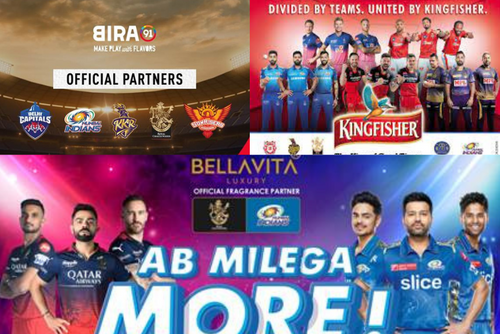
Geography is history
Some folks pride themselves on their ability to measure affluence.
Legend has it, the length of a social conversation in some cities is determined largely by geography: Where are you put up? Do you have a sea / lake/ garden view? Is it owned or rented?
A less than impressive reply to any of the above? Shutters down on a budding conversation!
I stretch the point, to make it. The geography of affluence (i.e. objective factors) is familiar! Not just to social birds but to brand builders as well. In fact, most consumer segmentation is based on it - income, SEC (socio economic classification by education & profession ), ownership of durables.
May I submit a new view? The need for subjective markers of affluence, as well.
Which is, taste, distinction, personalized experiences, individualized choices.
Because as affluence levels rise to change the shape of the India triangle into the India rhombus, many of the objective factors of affluence are a given. There are many tony living, jewelry owning, ‘English’ speaking, durable using, technology surfing consumers. And they are going to grow.
What distinguishes within these “affluent masses” are the more subjective factors.
For instance, taste - not just the street you live on but how tastefully your rooms have been done up, or personalized experiences - not just going on a holiday but how special / unique it was, and so on. It is the difference between having money and knowing how to spend it. In short, having social capital, and not just capital!
Social capital includes: the consumption of music (classical / modern), artistic works (painting, photographs), entertaining (spontaneous, invitations in advance), beauty and grooming, furniture (antique, contemporary), shopping (boutiques, high streets, bargain hunts), clothes (fashionable or not), shows attended (films, art, sports), types of books and food liked and so on. Source: Pierre Bourdieu, Distinction.
Sociologists have been reading affluence through the lens of taste. Because taste is closely related to the consumption of goods, services, brands and identity.
Are brand builders keeping an eye out for it? And pioneering “richer” measures of affluence in India? Geography, is history.






.jpg&h=334&w=500&q=100&v=20250320&c=1)
.jpg&h=334&w=500&q=100&v=20250320&c=1)
.jpg&h=334&w=500&q=100&v=20250320&c=1)
.jpg&h=334&w=500&q=100&v=20250320&c=1)
.jpg&h=334&w=500&q=100&v=20250320&c=1)

.jpg&h=334&w=500&q=100&v=20250320&c=1)


+(1).png&h=268&w=401&q=100&v=20250320&c=1)
.jpg&h=268&w=401&q=100&v=20250320&c=1)

.png&h=268&w=401&q=100&v=20250320&c=1)
